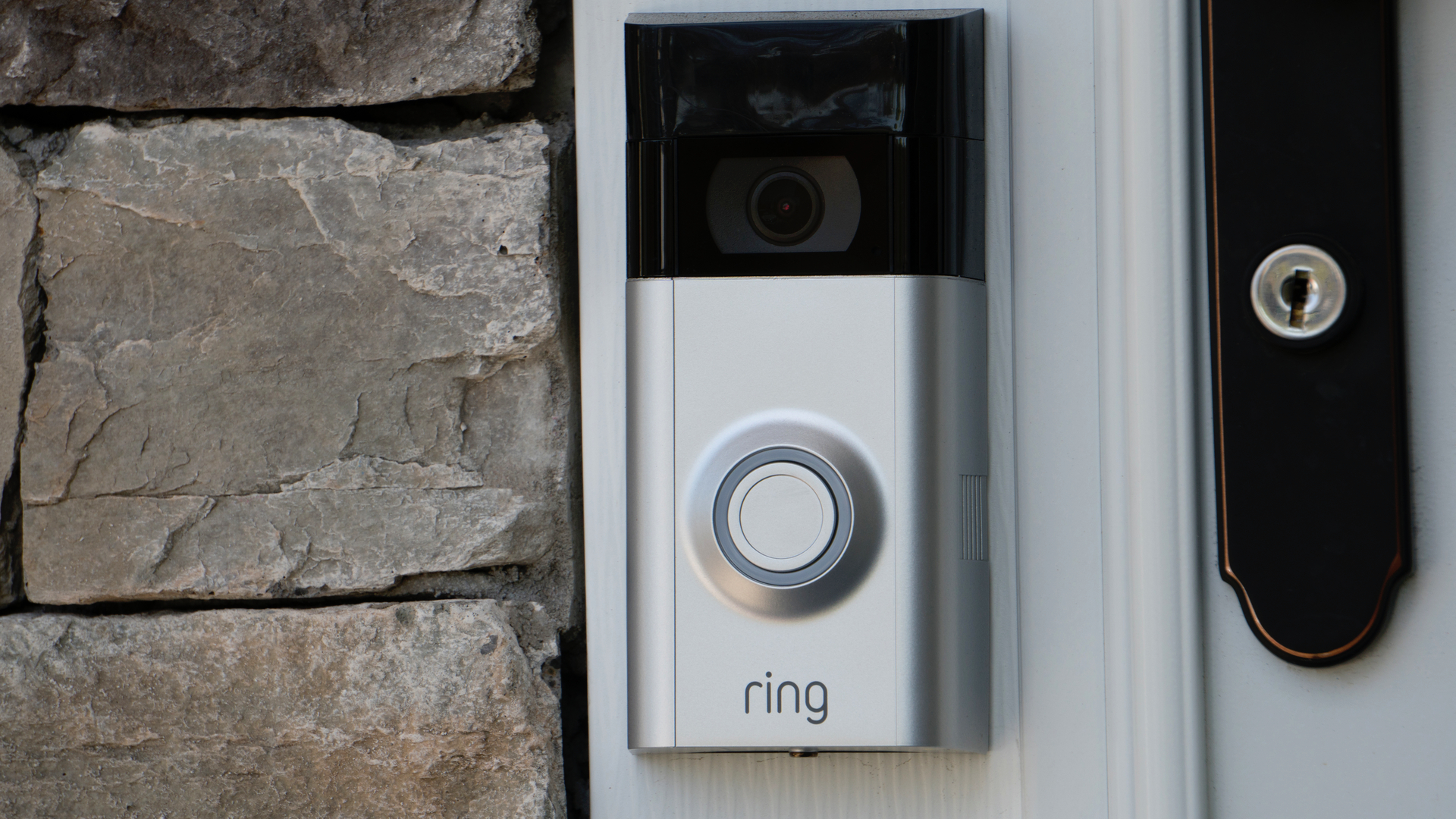Ring doorbells leak users' Wi-Fi passwords in clear text
News comes amid mounting criticism of the Amazon-owned surveillance company


A flaw found in Amazon's Ring doorbells could allow hackers to intercept owners' Wi-Fi passwords in clear text during the initial setup phase, according to security researchers.
The vulnerability has since been patched following Bitdefender's private disclosure to Ring, but the researchers said it could have provided a platform for attackers to "mount a larger attack against a household network".
The issue - a vulnerability that was initially discovered on 20 June 2019 - lies in the connection between the smartphone app and the Ring device. Data transmission takes place over the HTTP protocol instead of the more secure HTTPS.
The smartphone app sends the network details over to the Ring doorbell via an unprotected Wi-Fi network in order for it to connect to the residence's network and begin surveillance.
Using an open network and HTTP means nearby eavesdroppers would be able to listen to the communication between app and network and glean the password needed to launch a further attack.
Attackers can trick the owner of the IoT doorbell into reconfiguring the device by sending de-authentication messages so frequently the device dropped from the network. When the device is dropped and the user has restarted the setup phase, the attacker can sniff the network which will then reveal the clear text password.
"This latest IoT vulnerability highlights the urgent need for a new set of security standards and protocols that deal with the rapid emergence of connected devices," said Stuart Sharp, VP of solution engineering at OneLogin.
Sign up today and you will receive a free copy of our Future Focus 2025 report - the leading guidance on AI, cybersecurity and other IT challenges as per 700+ senior executives
"Governments need to establish guidance and manufacturers need to be held responsible for following best practices when designing 'connected' devices," he added. "Standards won't eliminate all vulnerabilities, but they could bring order to what is right now the wild west of IoT."
Ring was criticised earlier this week for publicising the breadth of its surveillance powers in a series of Instagram stories. The social media stories showed how easily the company could track children going door-to-door trick or treating for Halloween.
The company's surveillance powers have been further evidenced by the sheer number of partnerships it has with police departments in the US.
Ring's neighbourhood watch product Neighbors is used by police forces to acquire residential footage without a warrant. In exchange, the roughly 600 police departments which are currently partnered with Ring must either implicitly promote the product or mention the company in Ring-approved statements, according to BuzzFeed News.

Connor Jones has been at the forefront of global cyber security news coverage for the past few years, breaking developments on major stories such as LockBit’s ransomware attack on Royal Mail International, and many others. He has also made sporadic appearances on the ITPro Podcast discussing topics from home desk setups all the way to hacking systems using prosthetic limbs. He has a master’s degree in Magazine Journalism from the University of Sheffield, and has previously written for the likes of Red Bull Esports and UNILAD tech during his career that started in 2015.
-
 Pure DC’s announces 'Europe’s largest standalone hyperscale data center lease' in Amsterdam — but who is the mystery customer?
Pure DC’s announces 'Europe’s largest standalone hyperscale data center lease' in Amsterdam — but who is the mystery customer?News The company is now constructing a 78MW campus in Westpoort, Amsterdam
-
 Cloud security teams are in turmoil
Cloud security teams are in turmoilNews Cloud security teams are scrambling to keep pace with expanding attack surfaces, new research from Palo Alto Networks shows, largely due to the rapid adoption of enterprise AI solutions.
-
 94% of Wi-Fi networks are vulnerable to deauthentication attacks
94% of Wi-Fi networks are vulnerable to deauthentication attacksNews Research shows the vast majority of Wi-Fi networks are vulnerable to a popular type of denial-of-service (DoS) attack that is frequently deployed in larger cyber intrusion efforts.
-
 IoT revenue opportunity to exceed $1 trillion by 2025
IoT revenue opportunity to exceed $1 trillion by 2025News More than half of IoT devices will be deployed in enterprises as the market shifts away from connectivity